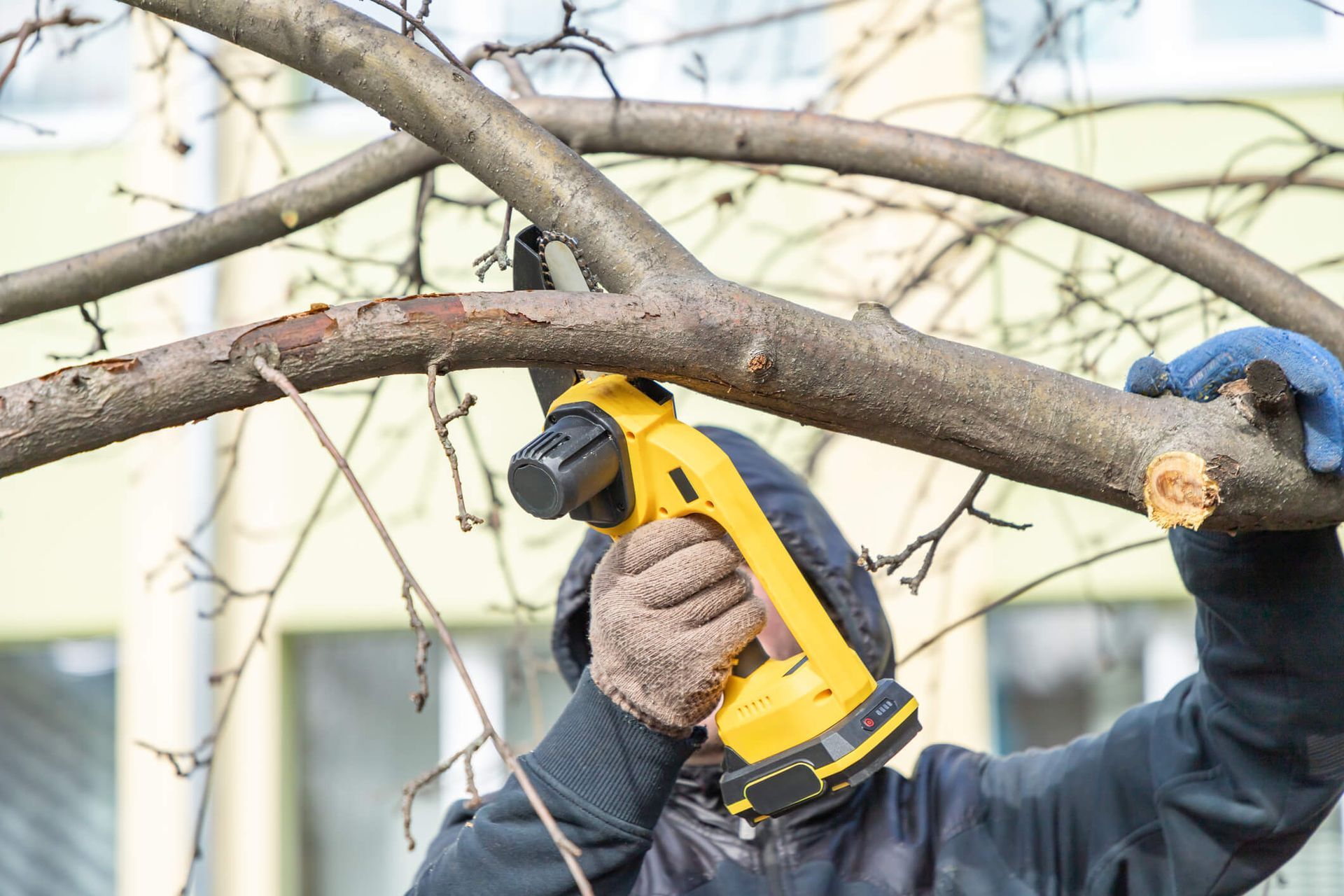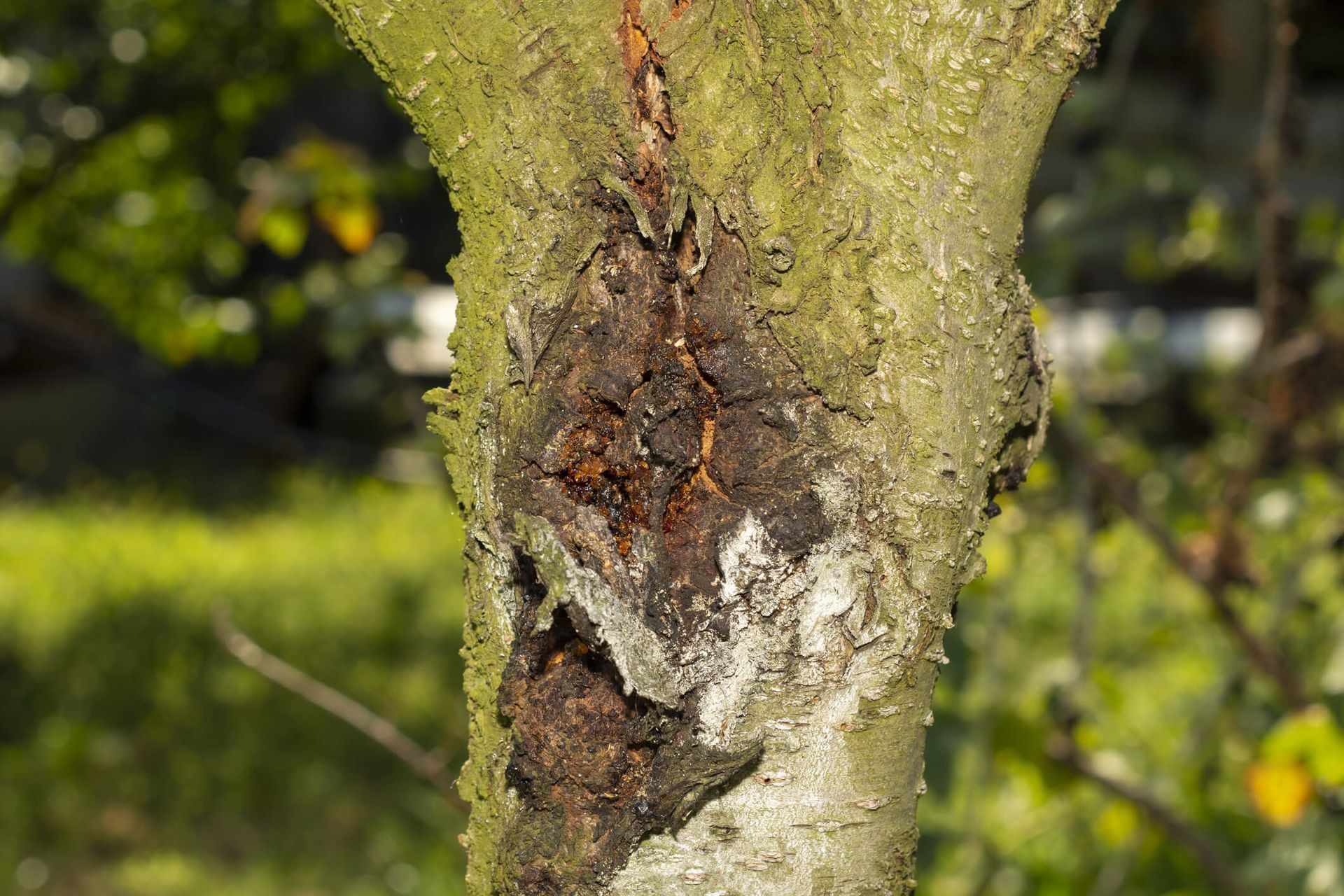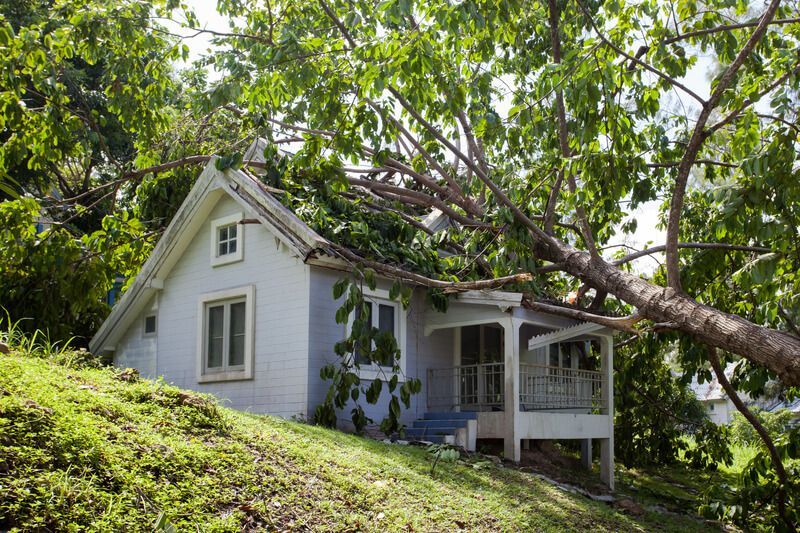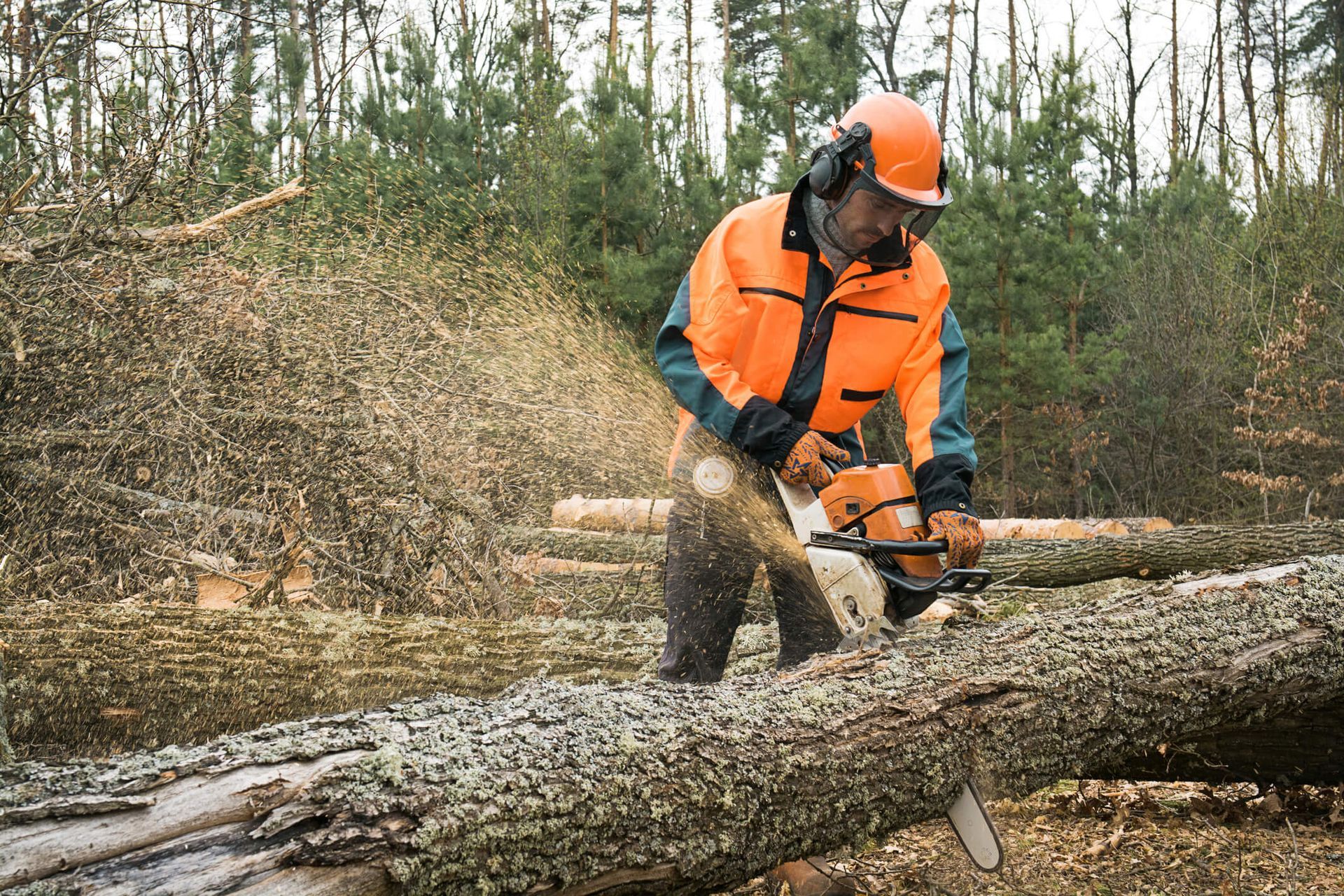How to Prune a Peach Tree for Optimal Growth
Cultivating a peach tree in one's backyard can be exceedingly rewarding, as it produces delectable varieties of peaches in the summer and stunning blossoms in the spring. Pruning your peach tree correctly is crucial for optimal growth, tree vigor, and disease prevention, ensuring a high-quality crop. This guide delineates the essential steps, pruning techniques, and tools to enhance your peach tree's form and productivity. In addition, it addresses the best way to manage limbs from the top down, along with key factors to promote a healthy, thriving peach tree.
What is the Reason for Pruning Your Peach Tree?
Pruning a peach tree leads to the promotion of healthy growth by:
- Promoting Fruit Production: Pruning facilitates the growth of new, fruit-bearing wood by eliminating old or diseased branches.
- Enhancing Sunlight Penetration: Proper pruning ensures that sunlight reaches all areas of the tree, thereby improving the quality and ripening of the produce.
- Preventing Disease: Pruning enhances air circulation and mitigates the likelihood of fungal infections and other diseases that flourish in damp, shaded regions.
- Controlling Tree Size: Consistent pruning is essential for maintaining the manageability of your peach tree and facilitating the fruit harvest.
Pruning a Peach Tree: When and How
Pruning a peach tree is most effective in the late winter or early spring, just before the onset of blossom swelling. Pruning during this period promotes quicker wound healing and reduces the likelihood of disease. Pruning should be avoided in the autumn, as it may encourage the development of new growth that may not endure the harsh winter temperatures.
Equipment Required
Equip yourself with the appropriate instruments to execute precise incisions without causing harm to the tree. The following items are required:
- Sharp Pruning Shears: These are used to prune
- Loppers: For medium-sized branches.
- Pruning Saw: For branches that are difficult to access or are larger.
- Solution for Sanitization: This disinfects tools, preventing disease transmission between incisions.
Pruning a Peach Tree: A Step-by-Step Guide
Eliminate branches that are either dead or diseased.
To commence, identify branches that appear deceased, broken, or diseased. By removing these, the tree's health is preserved, and the spread of disease is averted.
Remove Suckers and Water Seedlings
Water sprouts are vertical shoots that grow along branches, while suckers are shoots that develop from the base of the tree. Both growth forms deplete nutrients from productive branches; therefore, they should be removed early.
Expand the tree's central portion.
The peach trees' open-center or "vase" design allows sunlight to penetrate the entire canopy. To accomplish this shape, prune away any inward-growing or excess branches from the center and select 3-5 solid and outward-growing branches to serve as the primary "scaffold" branches.
Reduce the Number of Overcrowded Branches
Thin out any congested branches that could block sunlight or rub against each other once the basic shape has been established. Branches that grow at acute angles or intersect with others should be removed, as they are susceptible to breaking and may impede fruit development.
Reduce the expansion of new growth.
To encourage fruiting, reduce the amount of new growth from the previous season by approximately one-third. This practice promotes the development of fruiting wood and maintains a balance between the branch's vigor and fruit production.
Perform Clean Cuts in Appropriate Locations
Ensure each incision is slightly angled and not made near the main branch. Encourage new growth in the direction of a healthy bud by pruning just above it.
Types of Pruning Cuts

It is imperative to employ the appropriate type of cut when pruning a peach tree (or any tree) to facilitate healthy growth and direct the tree's energy to its most advantageous location. The following are the primary pruning incisions and their respective roles in the preservation and development of the tree's structure:
Thinning Cuts
- Objective: Thinning cuts involve removing entire branches or stems from their point of origin, which may be the trunk or a giant branch. This cut particularly benefits peach trees, enhancing air circulation and sunlight penetration.
- Application: Thin branches crisscrossing, developing inward, or being too close together using thinning cuts. This cut variety contributes to the vase shape frequently sought in peach trees, enabling the primary scaffold branches to receive sufficient light and space.
Heading Cuts
- Objective: A heading cut shortens a branch, promoting growth near the cut. This cut is beneficial for directing the contour of the tree or establishing a dense canopy, as it promotes bushier growth.
- Application: Employ heading cuts to regulate scaffold branches' height or shape juvenile peach trees. Heading cuts are typically performed just above a blossom or lateral branch to promote growth in a specific direction. However, it is essential to refrain from making excessive heading cuttings on mature trees, as this can result in an overabundance of dense growth, which can impede fruit production.
Pinching
- Objective: Pinching uses one's fingers to extract soft, juvenile growth tips before maturation. This type of cut is less invasive and beneficial for shaping the tree early and regulating the development of smaller shoots.
- Application: Remove seedlings emerging from unfavorable locations, such as the tree's base or directly along scaffold branches. This is an efficient method of preserving the tree's morphology without the necessity of making more substantial cuts in the future.
Sharing
- Objective: Shearing is a process that simultaneously removes multiple branches' ends, typically to achieve a uniform shape. Although this method is more prevalent in hedges, it can be employed selectively on fruit trees.
- Application: Shearing is seldom advised for peach trees due to the potential for dense, overgrown foliage and the lack of precision required to shape the tree. Nevertheless, it may be employed sparingly to shape a young tree before it matures.
Stub Cuts (To Be Prevented)
- Objective: A short branch, or "stub," is left behind by stub incisions. In general, these cuts are not desirable because they impede the normal healing process, which can lead to the introduction of pests and diseases.
- Application: When pruning peach plants, refrain from making stub cuts. Alternatively, flush clean incisions with a giant branch or just above a bud to promote natural healing and reduce the risk of infection.
Reduction Cuts
- Objective: Reduction cuts reduce the length of a branch to a lateral branch or blossom that is at least one-third the diameter of the branch being cut. This cut aids in redirecting growth and reducing the tree's size without fostering excessive bushy growth, as a heading cut would.
- Application: Implement reduction cuttings to regulate the peach tree's overall size and spread, particularly when branches become excessively large or overbearing. This assists in preserving a harmonious equilibrium between productivity and growth in mature trees.
Pruning Cuts: Essential Advice
- Always prune just above a healthy bud: Cutting just above a bloom promotes new growth in that direction.
- Slightly angle your cuts: The risk of decay is mitigated by an angled cut, which prevents water from remaining on the cut surface.
- Sanitize the tools between each cut: This prevents the transmission of diseases and maintains the cleanliness of wounds.
The specific function of each pruning cut variety guides your peach tree's optimal growth. Knowing when and how to employ these incisions can result in a bountiful peach harvest and healthier trees.
Following the Pruning of a Peach Tree
After pruning is finished, provide your tree with additional attention:
- Mulch: It should be applied to the tree's base to prevent plants from competing for nutrients, regulate temperature, and retain moisture.
- Water Prudently: Ensure that peach trees receive consistent irrigation, particularly during the growing season. However, avoid overwatering, as peach trees are susceptible to root rot.
- Inspect for pests: Inspect the tree regularly for parasites, such as borers or aphids, that can impact newly pruned branches. Early intervention can safeguard your tree from infestations.
- Common Pruning Mistakes to Avoid Overpruning: Removing excessive branches may stress the tree and diminish fruit production.
- Pruning at the Inappropriate Moment: Tree pruning in late autumn or early winter can damage it and render it susceptible to frost damage.
- Leaving Stubs: Cut branches flush with the tree to prevent stub formation, which can attract parasites and impede healing.
Conclusion
Your peach tree can flourish with appropriate pruning techniques that manage airflow, remove deadwood, and maximize yield, resulting in an abundance of delicious, juicy fruits each year. Pruning may initially appear daunting. However, by adhering to these guidelines and exercising patience, you will develop the ability to rejuvenate your peach tree and facilitate its optimal growth. Remember that a productive and long-lived plant requires consistent annual training, careful consideration of various factors, and maintenance through planting and harvesting practices.
Frequently Asked Questions
Is there anything I should do to ensure the health of my peach tree after pruning?
Apply mulch around the base after pruning to conserve moisture and provide nutrients. Water the tree deeply, particularly in dry conditions, and conduct regular inspections for pests or symptoms of disease, as the tree may be more susceptible to damage during the healing process.
How can I determine whether I have overpriced my peach tree?
Excessive regrowth of water sprouts, diminished fruit production, and stress on the tree can result from over-pruning. The tree's structure has probably been removed more than half in a single season. Attempt to eliminate at most 40% of the annual growth from the previous year.
Does pruning increase the resistance of a peach tree to pests?
Certainly, pruning can enhance a peach tree's resistance to pests by reducing shaded, damp areas and increasing ventilation, which are conducive to pest growth. Furthermore, removing feeble or damaged branches diminishes the tree's appeal to insects that target stressed or unhealthy regions.
What is the appropriate course of action for suckers and seedlings that develop below the graft line?
Suckers (shoots that develop from the base of the tree) and sprouts that appear below the graft line should be removed. These branches are derived from the rootstock, not the grafted fruiting variety, and will not yield desirable fruit. To ensure that the tree's energy is directed toward the grafted, fruit-producing portions, it is essential to conduct regular inspections and remove them.
Is it permissible to prune an elderly, neglected peach tree?
Indeed, derelict peach trees can be pruned to reestablish their productivity and shape. Begin with a thorough thinning to eliminate dead or overcrowded branches and progressively reestablish the open-center shape over 2-3 years.
What is the distinction between pruning in the summer and pruning in the winter?
Winter pruning is more prevalent and promotes new growth, while summer pruning reduces the tree's size and eliminates unwelcome growth. Nevertheless, excessive summer pruning can result in the tree being overworked and the fruit being exposed to sunlight, so it is essential to exercise caution.
What are "water sprouts," and should I remove them?
Water sprouts are vertical stems that grow rapidly and typically emerge following pruning. They should be removed unless used to replace a damaged scaffold branch, as they divert energy from fruit production.
Is it advisable to prune the central leader of my apricot tree?
Yes, it is frequently necessary to prune the central leader, the primary vertical stem, to obtain the open-center shape of peach trees. Removing the central leader promotes the development of lateral branches, which enhances ventilation and light distribution.
What is the most effective method for identifying deceased or diseased branches on my peach tree?
Deceased branches are typically brittle and discolored and may lack blooms or new growth. Cankers, fungal growth, or an unusual coloration may be present on diseased branches. If a branch fails to generate new leaves or buds in the spring, it is probable that it is deceased and should be removed. To prevent the transmission of pathogens, disinfect your instruments after removing any diseased branches.
How does one prune a juvenile peach tree in contrast to a mature one?
Young peach trees necessitate formative pruning to establish a robust structure. Concentrate on developing the vase shape by selecting 3-5 scaffold branches that extend outward. In mature trees, the emphasis is shifted to preserving this shape and removing unproductive or congested branches. Lighter trims may also be advantageous for young trees to mitigate stress.
Expert Guidance from Our Certified Arborists on Pruning Your Peach Tree for Optimal Growth
Do you need help determining the optimal technique for pruning your peach tree? At SYS Enterprises, our certified arborists provide expert advice to assist you in pruning for optimal health, productivity, and shape. We can help you determine the best timing for pruning, typically late winter or early spring, to promote growth and a productive fruiting season, as we possess specialized knowledge of peach trees.
Additionally, our team offers a comprehensive range of tree services, including disease diagnosis, pest management, growth assessments, tree removal, emergency tree removal, and stump grinding. This ensures that your peach tree receives the necessary care to prosper. Contact us today to arrange a consultation and allow our professionals to assist in your peach tree's year-round flourishing. Do not jeopardize your tree's health with improper pruning.


